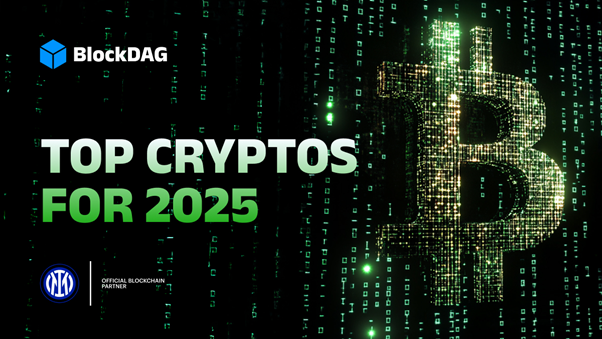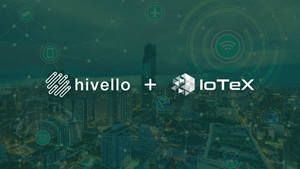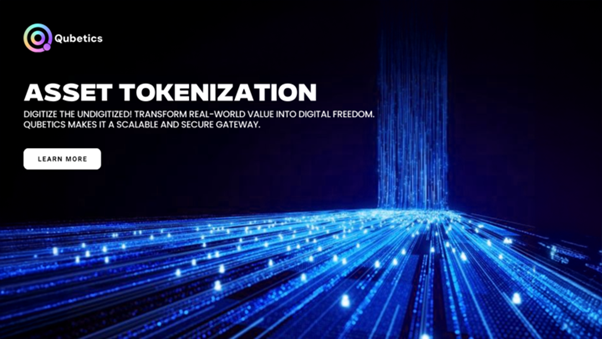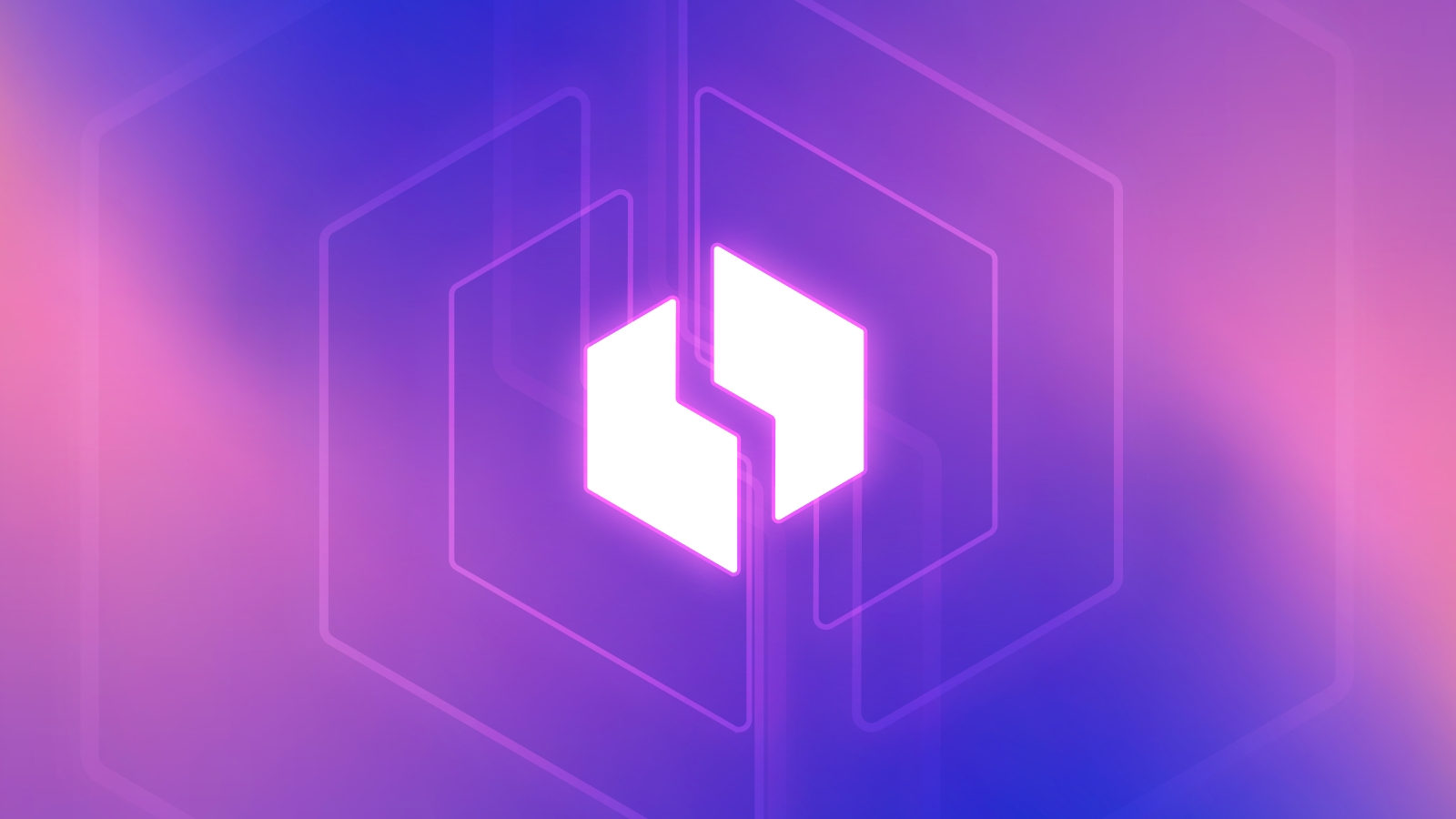Akash Network: A Leader in Decentralized Physical Infrastructure
In 2024, the cryptocurrency landscape has been dominated by the trend of Decentralized Physical Infrastructure Network (DePIN), with the Akash Network emerging as a significant player in this space. Co-founded by Greg Osuri, a notable software developer and founder of AngelHack, Akash operates as an open-source “super cloud” that facilitates the buying and selling of computing resources. This model is particularly relevant in the current age of artificial intelligence, where computing power is in high demand. DePIN leverages blockchain technology to streamline access to resources that are typically fragmented, positioning Akash as a viable alternative to centralized computing solutions like Nvidia’s chips.
The Akash Network aims to democratize access to computing power, making it more affordable for individual users. Osuri emphasizes the platform’s core values, stating that Akash provides users with the “right to compute,” promoting freedom from censorship and encouraging free thought. The native token of the Akash Network, $AKT, serves as the currency for transactions within this ecosystem, further integrating the blockchain technology into everyday computing needs. This innovative approach has garnered significant attention and usage among users.
In a remarkable demonstration of its growing popularity, Akash reported a staggering 1,729% increase in year-over-year user fees in the third quarter of 2024. This surge indicates a strong demand for decentralized computing solutions and highlights the potential of Akash to reshape the future of cloud computing. As DePIN continues to evolve, Akash Network stands out as a pioneering force in making computing resources accessible and affordable for all users, aligning with the broader trends in the cryptocurrency space.
Related News





